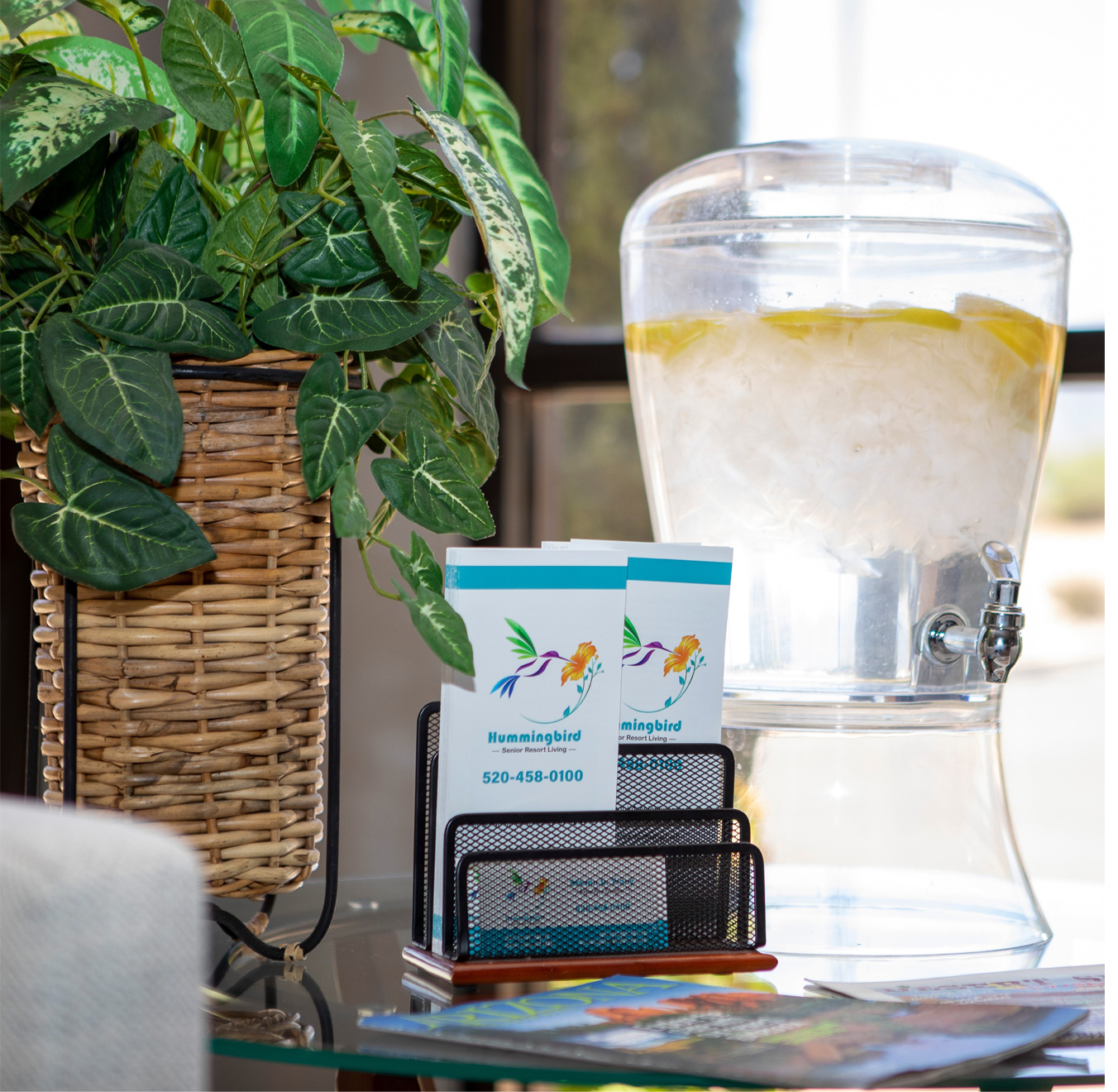Dehydration: Risks, Warning Signs, and How to Avoid It?

What is Dehydration?
It’s a warm summer day, and you’re feeling parched. Make sure you reach for a tall glass of water. You’re already beginning to feel the signs of dehydration.
Dehydration is a condition in which you lose so much body fluid that your body can’t function normally. It occurs when you lose more fluids than you take in. Dehydration may happen on a particularly hot day if you sweat a lot, or if you’re sick with fever, diarrhea, or vomiting. It can also occur if you don’t drink enough water, or if you’re taking a medication that increases your urine output.
When you aren’t properly hydrated, your body’s natural response is thirst. You should respond to thirst right away by drinking fluids — preferably water. You can usually treat mild dehydration by drinking more fluids. But dehydration isn’t always easy to spot. It can be found in the aging parent who forgets to drink water or the fussy baby who can’t tell you they’re thirsty. Make sure to keep your loved ones hydrated. If you or a loved one has a moderate to severe case of dehydration, you may need to go to the hospital to get IV fluids. Left untreated, severe dehydration can be fatal.
What Does Water Do for Your Body?
What Are the Symptoms of Dehydration?
If you suspect that you or your child is severely dehydrated, seek immediate medical attention. Signs of dehydration in kids include:
- Dry tongue and dry lips.
- No tears when crying.
- Fewer than six wet diapers per day (for infants), and no wet diapers or urination for eight hours (in toddlers).
- Sunken soft spot on your infant’s head.
- Sunken eyes.
- Dry, wrinkled skin.
- Deep, rapid breathing.
- Cool, blotchy hands and feet.
Dehydration symptoms in adults may include:
- Headache, delirium and confusion.
- Tiredness (fatigue).
- Dizziness, weakness and lightheadedness.
- Dry Mouth and/or a dry cough.
- High heart rate but low blood pressure.
- Loss of appetite but maybe craving sugar.
- Flushed (red) skin.
- Swollen feet.
- Muscle Cramps.
- Heat intolerance or chills.
- Constipation.
- Dark-colored pee (urine).
Dehydration symptoms in adults may include:
- Carry a water bottle with you. Keep it filled.
- Choose water instead of sugary drinks, including at meals.
- Add flavor. A wedge of lime or lemon might make it tastier. You can also try some flavored drink mixes, but watch out for the sugar.
- Eat foods that are high in water content. Many soups, fruits, and vegetables meet this description.
- If you don’t like drinking a lot of water at once, try smaller doses spread out throughout the day.

Conclusion
Whether you’re caring for an aging parent, a fussy baby, or yourself, ensuring adequate hydration is essential.
At Hummingbird Senior Living Resort, we understand the significance of hydration for our residents’ well-being. Our meal plan is thoughtfully designed to include foods rich in water content.
With a delightful array of soups, fruits, and vegetables, we aim to ensure good hydration for our residents. From refreshing fruit salads, nourishing green salads, comforting soups, and hearty stews, our menu is thoughtfully designed to provide a delicious way to replenish fluids and stay hydrated. Soups, in particular, are a favorite amongst our residents, offering a comforting and hydrating choice for meals.
If you are looking for a place to retire comfortably, visit Hummingbird Senior Resort Living in Sierra Vista, AZ, where our residents are our first priority.




